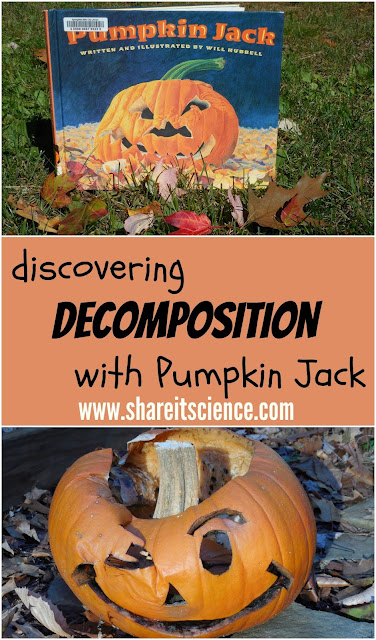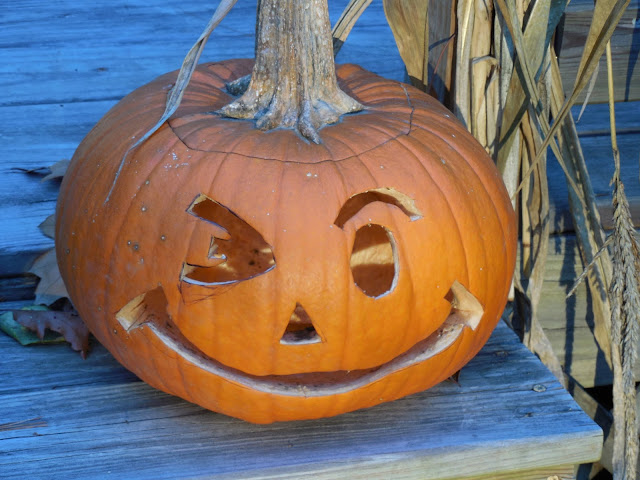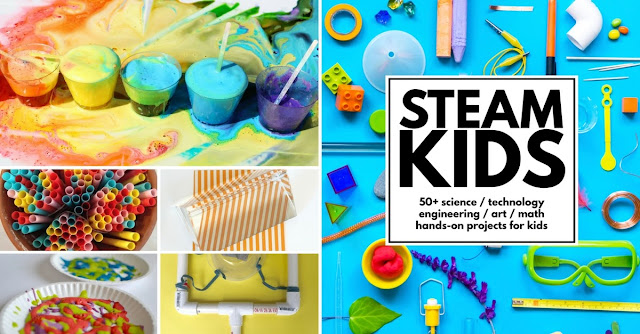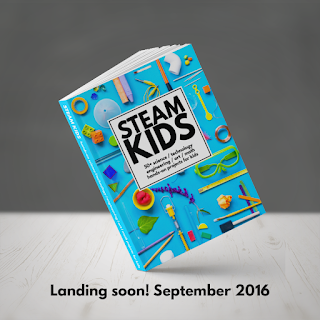Decomposition is such an important ecological cycle. One of the best ways to explore it with children without getting gruesome is by learning about composting. This October you can turn the inevitable process of your Halloween Jack-o-lanterns rotting out into a science investigation.

Read the Picture Book Pumpkin Jack
First, inspire kids by reading the picture book, Pumpkin Jack. In this story, a boy named Tim carves a Jack-o-lantern and names it Jack. He enjoys watching Jack's glowing face in his room each night, until Jack begins to go bad and Tim's mom makes him get rid of him. Tim puts Jack out in the garden and watches him continue to decompose and change throughout the seasons.
Easy Pumpkin Decomposition Science Experiment
You can observe a pumpkin and how it changes as it decomposes too. Every few days make an observation of your pumpkin. You can take a picture like I did, or draw what you see. Make some notes. You can use this observation sheet to keep track. If you put the observation sheet on the refrigerator or a bulletin board where you will see it often you can observe your pumpkin throughout the fall and maybe even in the winter and spring.

- What color does your pumpkin change?
- Does it get moldy? What does it look like?
- Did you get a frost? What happens to your pumpkin after a frost?
Brave scientists will want to investigate that mold and bacteria more closely. You might even want to see if you can grow some more to observe. To do so safely, get a bacteria science kit.
Learn More About Compost and Decomposition
Children can learn more about the fabulous creatures that work to turn living things back into soil at Growing with Science. For another great picture book about pumpkin decomposition to supplement this post, check out this link. Add to your science library with these children's books on compost and decomposition.
Want to try building a worm compost bin? You can use it all year long. Find out how here.
For more pumpkin STEM, check out my post, Discovering a Pumpkin: STEM Investigation
Not sure what to do with that surplus of Halloween candy? Try these science experiments with candy.
Cool Halloween STEAM Projects:
More autumn inspired science at my Pinterest page:



































